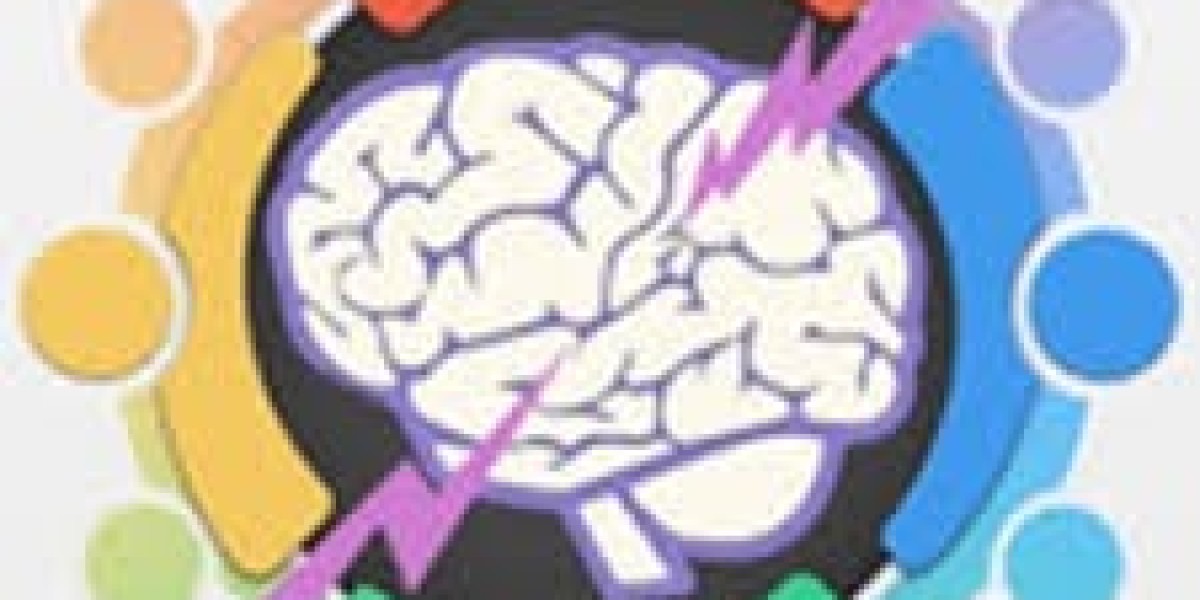About 50 million people worldwide suffer from epilepsy, a neurological condition marked by recurrent seizures. Although seizures are the primary symptom of epilepsy, people with this illness frequently have a variety of additional symptoms, such as emotional instability, sensory deficiencies, and cognitive impairments. Visual impairments are prevalent among these sensory deficiencies; up to 40% of epileptics report having visual disturbances. These disruptions may have a major effect on day-to-day activities and overall well-being. However, new research indicates that vision therapy may present viable options for improving visual function in epileptics, thereby enhancing their general independence and well-being.
Recognizing Visual Disorders in Epilepsy
Epilepsy-related visual disturbances can take many different forms, such as:
Photosensitivity: Certain types of epilepsy can be triggered by flickering lights or certain patterns in the visual field. Photosensitivity is a phenomenon that highlights the complex relationship between visual stimuli and epileptic activity.
Visual Field Deficits: Certain brain regions can experience seizures that cause visual field deficits, which can cause blind spots or a reduction in peripheral vision. Both mobility and spatial awareness may be severely hampered by these deficiencies.
Visual Processing Deficits: Epilepsy can impair the brain's higher-order visual processing regions, making it difficult to perform tasks like depth perception, visual memory, and object recognition.
Abnormal Eye Movements: Some people with epilepsy may exhibit nystagmus or gaze deviation, which are abnormal eye movements that can worsen visual dysfunction.
To improve visual function and quality of life for people with epilepsy, it is essential to comprehend the nature and severity of these visual disturbances.
Vision Therapy's Function
A wide range of methods and activities are included in vision therapy, all aimed at enhancing visual processing and skills. Although vision therapy has historically been used to treat conditions like strabismus, or misaligned eyes, or amblyopia, or lazy eye, it is becoming more widely acknowledged as a potential intervention for people with neurological disorders, including epilepsy. The following are some potential advantages of vision therapy for epileptics:
Enhancing Visual Processing: Specific visual processing deficiencies, such as contrast sensitivity, visual acuity, and visual attention, that are frequently seen in epilepsy patients can be targeted by vision therapy exercises. People with epilepsy who participate in structured visual activities may be able to better understand and react to visual stimuli.
Reducing Photosensitivity: One goal of some vision therapy methods is to lessen sensitivity to flickering lights and patterns in the visual world. One such method is visual motion desensitization. These methods may aid in desensitizing the visual system and lessen the chance of inducing seizures by exposing people to controlled visual stimuli over time.
Extending Visual Field: Activities to enhance peripheral awareness and broaden the visual field can be incorporated into vision therapy regimens. Exercises like these can improve mobility and spatial orientation for people with epilepsy-related visual field deficits, making it safer for them to navigate their environment.
Improving Control over Eye Movement: Aberrant eye movements are frequently associated with epilepsy and may be a factor in visual impairment. Oculomotor control can be improved through vision therapy exercises that focus on eye tracking, fixation, and smooth pursuit movements. This will increase visual stability and coordination.
Proof of Effectiveness
Although there is currently a lack of research on the effectiveness of vision therapy specifically for visual disturbances related to epilepsy, preliminary studies and clinical observations provide encouraging information. For instance, a pilot study that was published in the journal Epilepsy & Behavior looked at how vision therapy affected epileptic patients' visual field deficiencies. After participating in a structured vision therapy program, the participants' visual field function significantly improved, indicating the program's potential as an adjunctive intervention for the management of epilepsy.
Anecdotal evidence from both patients and physicians supports the subjective advantages of vision therapy in enhancing visual comfort, functional vision, and general quality of life in epileptics. These preliminary results highlight the potential of vision therapy as a useful therapeutic strategy, even though larger-scale randomized controlled trials are required to determine the effectiveness and ideal protocols for this kind of treatment for epilepsy.
Including Vision Therapy in the Management of Epilepsy
Incorporating vision therapy into comprehensive epilepsy management requires a multidisciplinary approach involving neurologists, ophthalmologists, and vision therapists. Important things to think about when incorporating vision therapy into the treatment of epilepsy are:
Comprehensive Visual Assessment: Conducting a thorough visual assessment, including visual acuity, visual field testing, oculomotor function evaluation, and assessment of visual processing skills, is essential for identifying specific visual deficits and tailoring vision therapy interventions accordingly.
Individualized Treatment Plans: Vision therapy programs should be customized to address the unique visual needs and challenges of each individual with epilepsy. This may involve a combination of in-office therapy sessions, home-based exercises, and environmental modifications to optimize visual functioning.
Monitoring and Adaptation: Regular monitoring of visual progress and seizure activity is crucial for evaluating the effectiveness of vision therapy interventions and making adjustments as needed. Close collaboration between the epilepsy care team and vision therapists facilitates ongoing assessment and modification of treatment plans.
Education and Support: Providing education and support to individuals with epilepsy and their families regarding the role of vision therapy in managing visual disturbances can empower them to actively participate in their care and maximize the benefits of therapy.
In summary
Visual disturbances are prevalent in individuals with epilepsy and can significantly impact daily functioning and quality of life. Vision therapy holds promise as a non-invasive, adjunctive intervention for enhancing visual function in this population. By targeting specific visual deficits and leveraging neuroplasticity, vision therapy may help individuals with epilepsy improve visual comfort, expand their visual capabilities, and ultimately enhance their independence and well-being.



